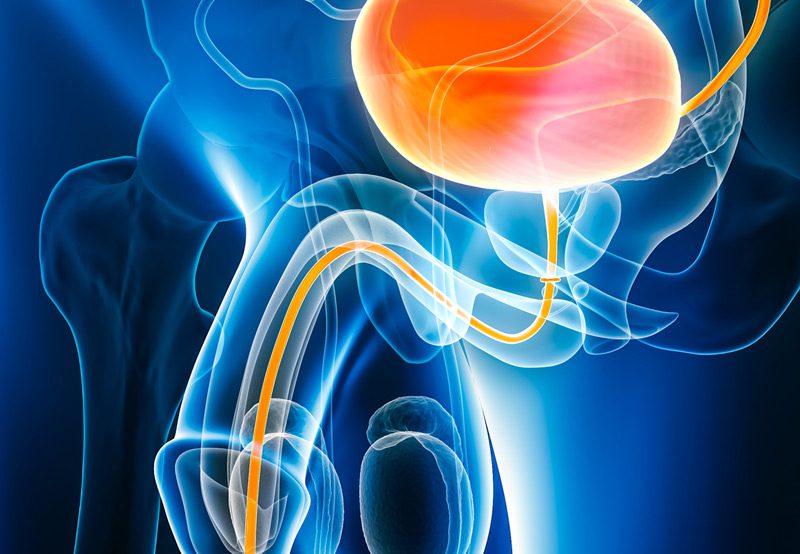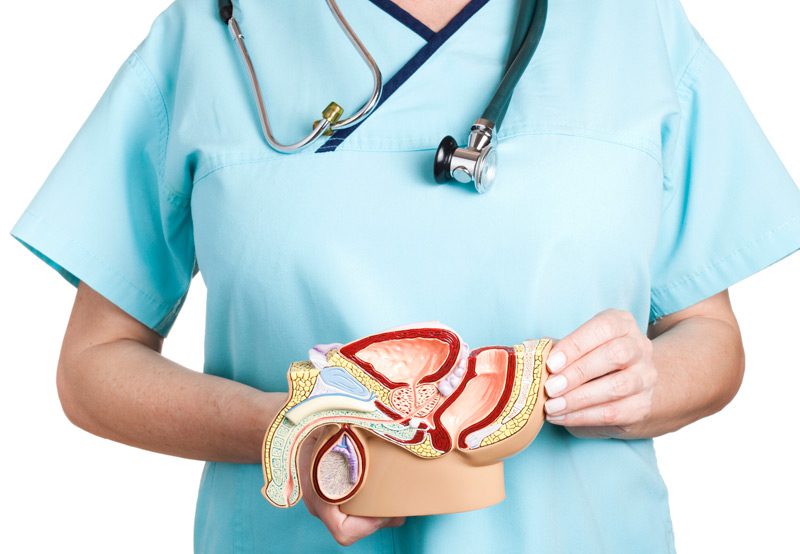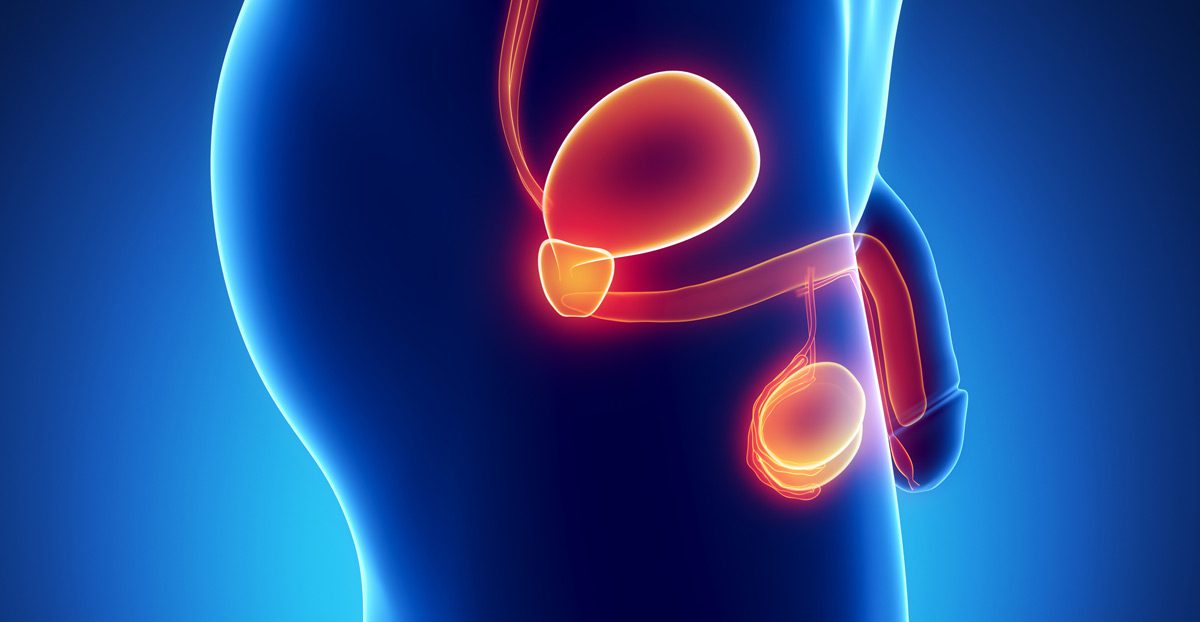

A urethral stricture occurs when the urethra—the tube that carries urine out of the body—becomes narrowed due to scar tissue or inflammation. This condition can significantly impact urinary flow and, if left untreated, may lead to serious complications such as urinary retention, recurrent infections, or bladder and kidney damage.
Causes of Urethral Strictures
Strictures can result from various sources of trauma or inflammation. Common causes include:
- Previous Surgery or Catheterization: Repeated or prolonged use of urinary catheters or prior urological surgeries can cause scarring.
- Infection: Sexually transmitted infections or urinary tract infections can lead to inflammation and fibrosis of the urethral tissue.
- Pelvic Trauma: Accidents or fractures involving the pelvis can injure the urethra.
- Radiation Therapy: Patients who have undergone pelvic radiation, particularly for prostate cancer, may develop urethral narrowing.
- Inflammatory Conditions: Chronic urethritis or conditions like lichen sclerosus can contribute to scar formation.

Symptoms
Symptoms of a urethral stricture often relate to obstructed urinary flow and may include:
- Weak or slow urine stream
- Difficulty starting urination
- Incomplete bladder emptying
- Spraying or split stream
- Frequent urinary tract infections
- Painful urination
- Blood in the urine (hematuria)
- Urinary retention in severe cases
Diagnosis
Diagnosis begins with a detailed history and physical examination. A urologist may use the following tests:
- Uroflowmetry: Measures the speed and volume of urine flow.
- Post-void Residual Test: Determines how much urine remains in the bladder after urination.
- Cystoscopy: Allows direct visualization of the urethra using a thin, lighted scope.
- Retrograde Urethrogram: A special X-ray using contrast dye to pinpoint the stricture’s location and length.
Treatment Options
Treatment depends on the severity, location, and length of the stricture:
- Urethral Dilation: A gradual stretching of the narrowed area using specialized instruments. This may provide temporary relief but often requires repeat procedures.
- Internal Urethrotomy: A minimally invasive endoscopic procedure to incise the stricture and restore urine flow.
- Urethral Reconstruction (Urethroplasty): A surgical procedure to remove the scarred section and reconnect or reconstruct the urethra. This offers the highest long-term success rate, especially for longer or recurrent strictures.
- Urinary Diversion: In complex cases where reconstruction is not possible, diversion techniques may be considered.
Next Steps
If you are experiencing symptoms of a urethral stricture, early evaluation by a urologist is essential to prevent further complications. A comprehensive assessment will help determine the most appropriate and lasting treatment option based on your individual condition.
